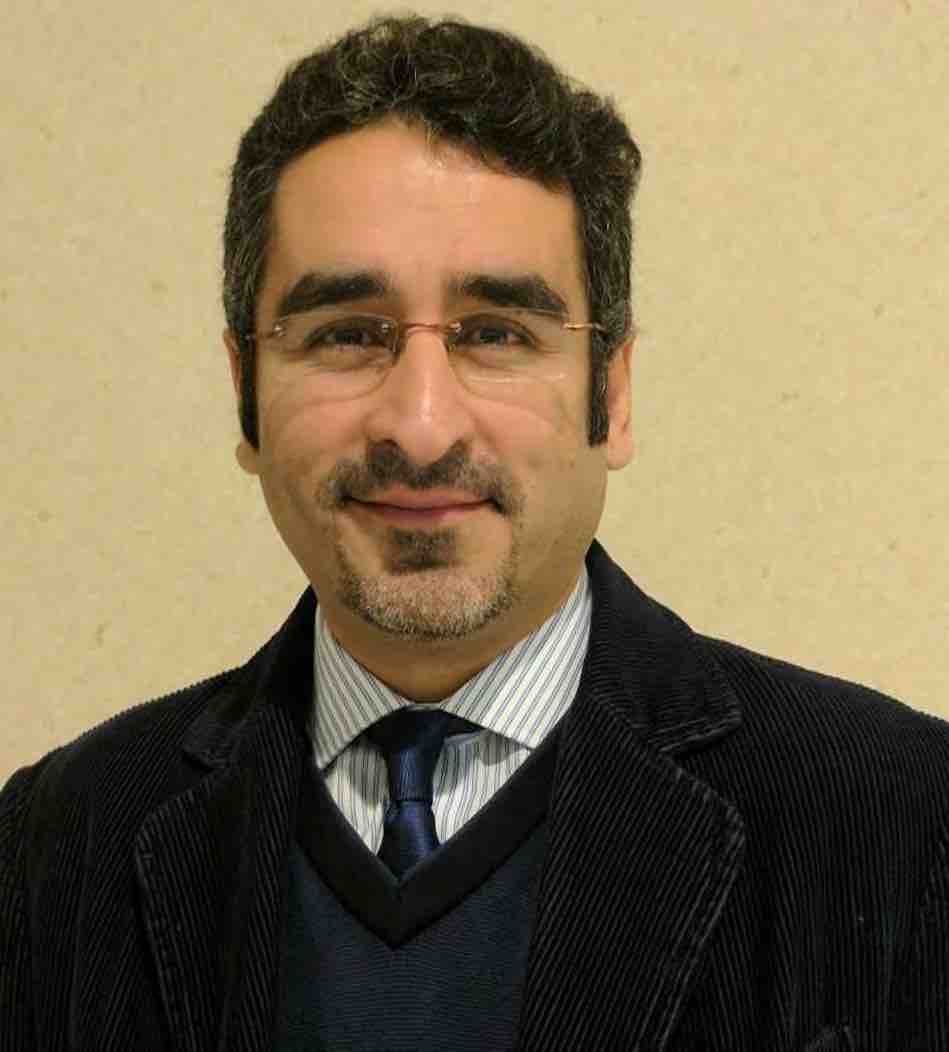A Comparison Study for Electronic Portal Image Enhancement Between Different Image Processing Algorithms
M Tavakoli1*, H Ghaempanah2, M Deevband3, A Alvar4, M Najafi5, (1) University of Pittsburgh School of Medicine and UPMC Hillman Cancer Center, Pittsburgh, PA, USA, (2) Shahid Beheshti University Of Medical Sciences, (3) Shahid Beheshti University Of Medical Sciences, (4) Shahid Beheshti University Of Medical Sciences, (5) Shahid Beheshti University Of Medical Sciences,
Presentations
PO-GePV-M-130 (Sunday, 7/10/2022) [Eastern Time (GMT-4)]
ePoster Forums
Purpose: Electronic portal image is one of the most important devices to approve the ongoing radiotherapy treatment through comparison with a reference image generated during treatment planning. Here, two images are geometrically matched by means of visible bony structures. However, the inherently poor visual quality of these images makes it difficult to accurately match them during treatment.
Methods: In this study, we have worked on different enhancement methods including Contrast Limited Adaptive Histogram Equalization (CLAHE), Adaptive Histogram Equalization (AHE), Adaptive Contrast Enhancement (ACE), and Multiresolution Analysis (MRA) to compare the quality of portal images acquired from the pelvis treatment fields. The main idea here aims at removing some of the image artifacts which conceal the anatomical information. For this purpose, we have applied these enhancement algorithms on either spatial or frequency domain to enhance local information. The most appropriate image quality measure was chosen according to the image's characteristics in the spatial domain. By considering the characteristics of portal images as the random and nonperiodic texture, high level of noise, and a non-uniform background, three suitable quality measures of images were assessed, Edge Content (EC), Measure of Enhancement (EME), and Measure of Enhancement by Entropy (EMEE). At last, since the randomness parameter exists in these three metrics, we also compared its effect on final results.
Results: The higher values of measurements indicate the quality improvement in the processed images through defined algorithm. Among all enhancement methods, MRA approach had better results in all above three metrics. The values for MRA were EC=0.007, EME=9.05, and EMEE=7.93. Here, the metrics value for other three methods were at least 2 times less than MRA approach.
Conclusion: Although CLAHE, AHE, and ACE methods had acceptable enhancement results, the MRA approach, based on wavelet transformation, successfully decreased non-uniformity of portal images and enhanced anatomical information.
Keywords
Not Applicable / None Entered.
Taxonomy
Not Applicable / None Entered.
Contact Email



